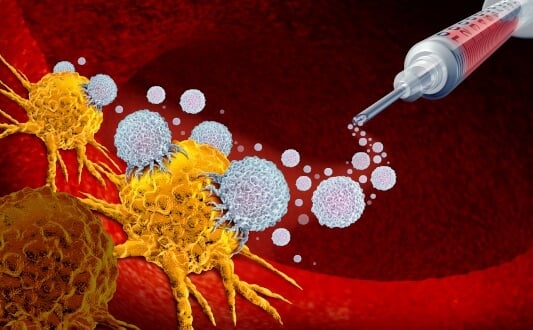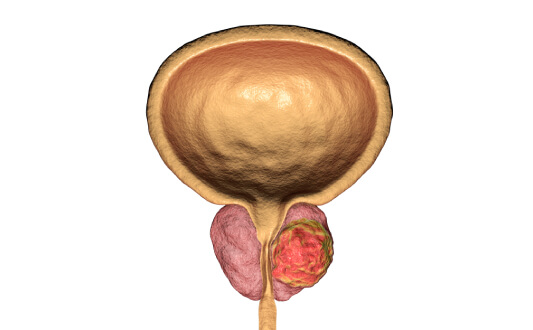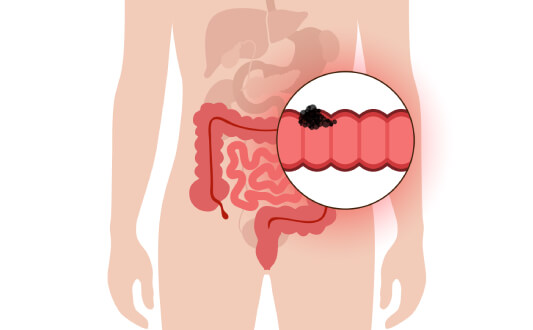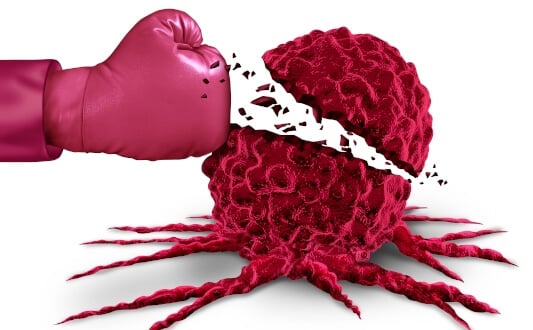Medical Blog About Treatment Abroad
Welcome to our medical blog – it is dedicated to empowering patients with knowledge about global healthcare! We created this platform with the intention to bridge the gap between patients and the medical innovations available globally.
What's Inside: Discover new and rare methods in oncology, immunology, heart surgery, neurosurgery, and other medical fields! Our health travel insights show how medical journeys open new possibilities with advanced treatments unavailable locally, including specialized cancer care abroad.
Who Benefits: This resource is for patients and their families who seek new treatment methods and explore options at leading international hospitals. Those who want to make informed healthcare decisions beyond borders.
Why Read: Booking Health experts provide verified information through patient-friendly articles – they translate complex medical advances into accessible info. Stay current with the latest developments in global healthcare and discover how international medicine can transform treatment outcomes!
Browse our latest articles and take the first step toward better health outcomes!
Latest posts - page 8
 Breast Cancer Treatment in Germany
Breast Cancer Treatment in Germany
Breast cancer is the most commonly diagnosed cancer worldwide, with 2.3 million new cases and nearly 670,000 deaths reported in 2022. According to the World Health Organization, the global burden is expected to rise by almost 40% by 2050, reaching over 3.2 million new cases annually. Women in high-income countries have about a 1 in 12...
 Pancreatic Cancer Treatment in Germany with Dendritic Cell-Based Immunotherapy
Pancreatic Cancer Treatment in Germany with Dendritic Cell-Based Immunotherapy
Pancreatic cancer is one of the most aggressive types of cancer, with a survival rate of only 13% due to late diagnoses and ineffective response to traditional methods of treatment, including chemotherapy and radiation therapy. Pancreatic cancer is infamous for its resistance to conventional cancer treatment, fast development...
 Modern Cervical Cancer Treatment in Germany
Modern Cervical Cancer Treatment in Germany
Cervical cancer remains one of the most common gynecological malignancies worldwide, with significant disparities in incidence and survival depending on geography and access to care. According to the World Health Organization, over 600,000 women are diagnosed with cervical cancer each year globally, and nearly 340,000...
 A Comprehensive Guide to Getting Prostate Cancer Treatment
A Comprehensive Guide to Getting Prostate Cancer Treatment
Prostate cancer remains a significant global health concern, ranking as the second most commonly diagnosed cancer among men worldwide. In 2022 alone, approximately 1.47 million new cases were reported, accounting for 14.2% of all cancer diagnoses in men. Prostate cancer varies in its progression. Some tumor types prostate cancer patients...
 Colon Cancer: Full Bowel Cancer Treatments Guide
Colon Cancer: Full Bowel Cancer Treatments Guide
Facing colon cancer feels overwhelming, but you have more treatment options than ever before. While treatment for colon cancer stage 1 provides 90% five-year survival rates, even advanced cases now benefit from breakthrough therapies that deliver chemotherapy directly to tumor sites, harness your immune system's power, and use precision...
 Immunotherapy for breast cancer in Germany
Immunotherapy for breast cancer in Germany
Breast cancer immunotherapy represents a groundbreaking advancement in oncology, encompassing various innovative approaches to cancer treatment. German clinics are at the forefront of implementing these advanced therapies, from immune checkpoint inhibitors to dendritic cell vaccines – the latter made possible by Ralph Steinman...
 Transarterial Chemoembolization (TACE)
Transarterial Chemoembolization (TACE)
Transarterial Chemoembolization (TACE) is one of the most widely used and effective minimally invasive treatments for liver tumors and other cancers with localized blood supply. As technology and oncology have evolved, TACE has become even more precise and personalized in 2025, offering patients new hope - especially when surgery...
 Treatment of stage 4 ovarian cancer in Germany
Treatment of stage 4 ovarian cancer in Germany
Ovarian cancer is one of the most common gynecologic cancers, it ranks second in incidence among all types of cancer. It is most often diagnosed in women over 40-45 years old. Screening and increased awareness are crucial in detecting ovarian cancer early before it reaches stage 4, a terminal phase often accompanied by severe pain...

